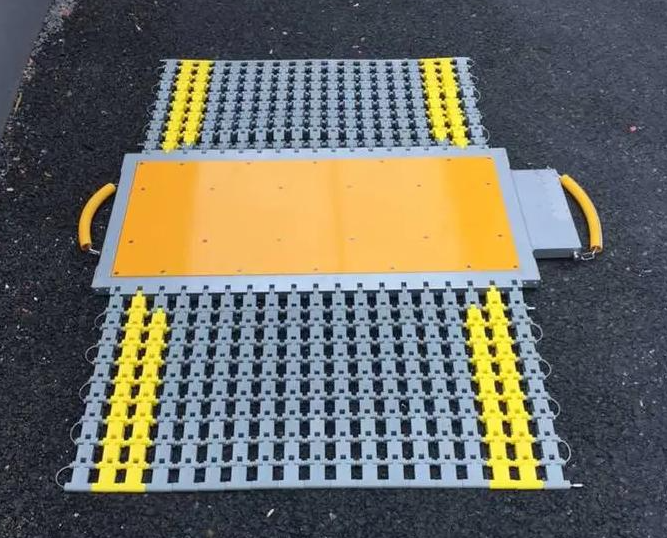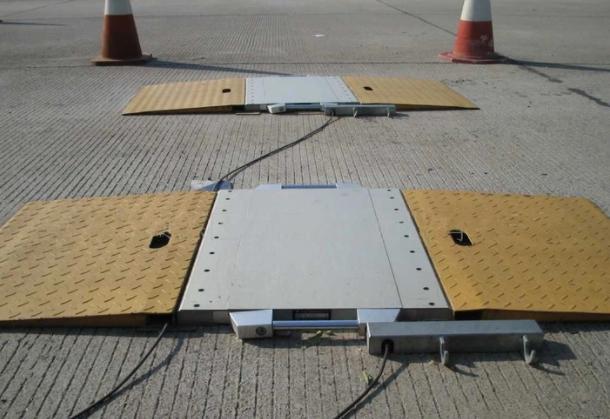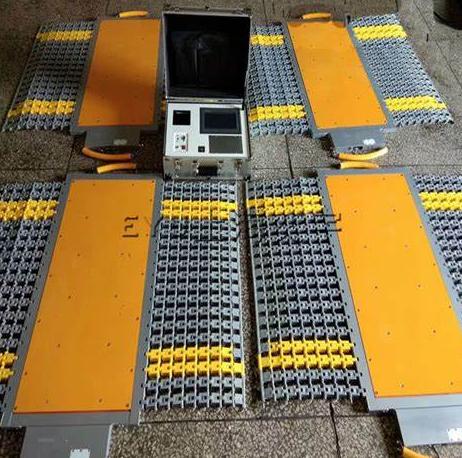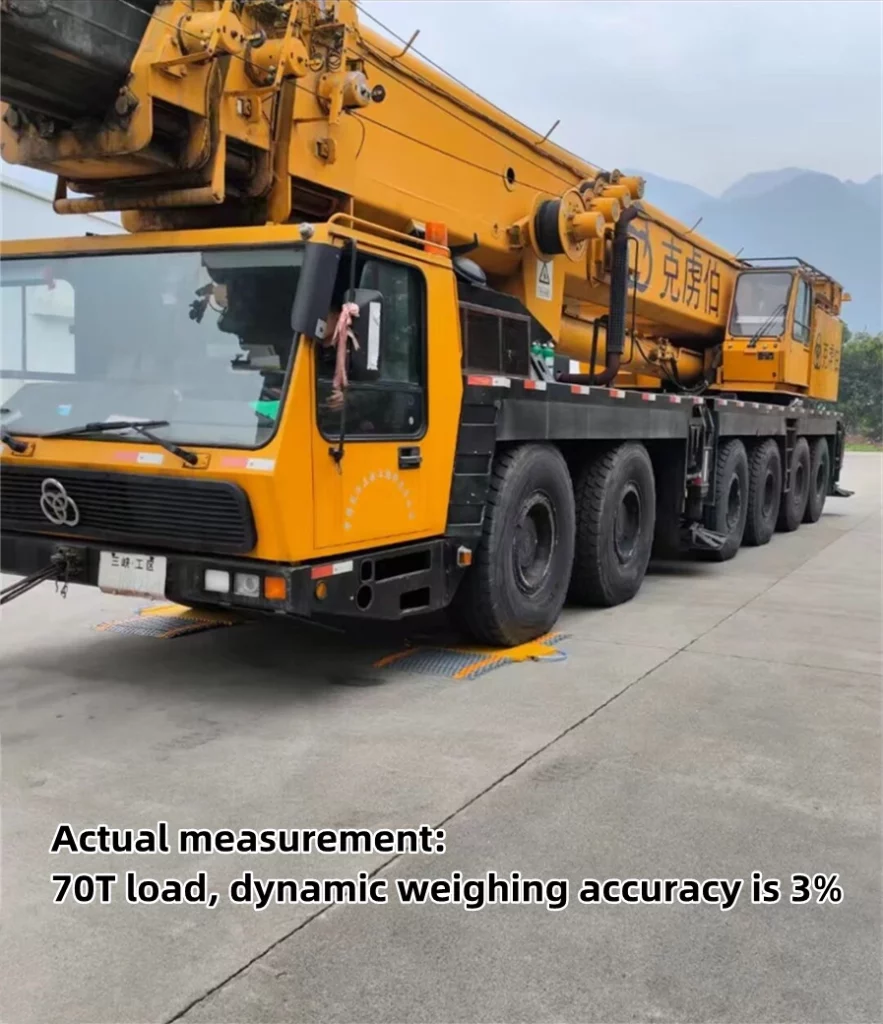Static Axle Scalesvs. Dynamic Axle Scales: What’s the Difference
In industries where precise weight measurement is crucial, axle scales play a vital role. They are essential for ensuring compliance with weight regulations, preventing overloading, and maintaining safety standards. Axle scales come in two main types: static and dynamic. Each type serves a different purpose and is suited for specific applications. In this article, we will explore the differences between static and dynamic axle scales, helping you understand which one might be the best fit for your needs.
What is Static Axle Scales?
Static axle scales are designed to measure the weight of a vehicle’s axles when the vehicle is stationary. These scales require the vehicle to come to a complete stop, ensuring that each axle is weighed individually and with high accuracy. Static axle scales are typically installed in fixed locations and are often used in industries where precise weight measurements are essential for safety and compliance with regulations.
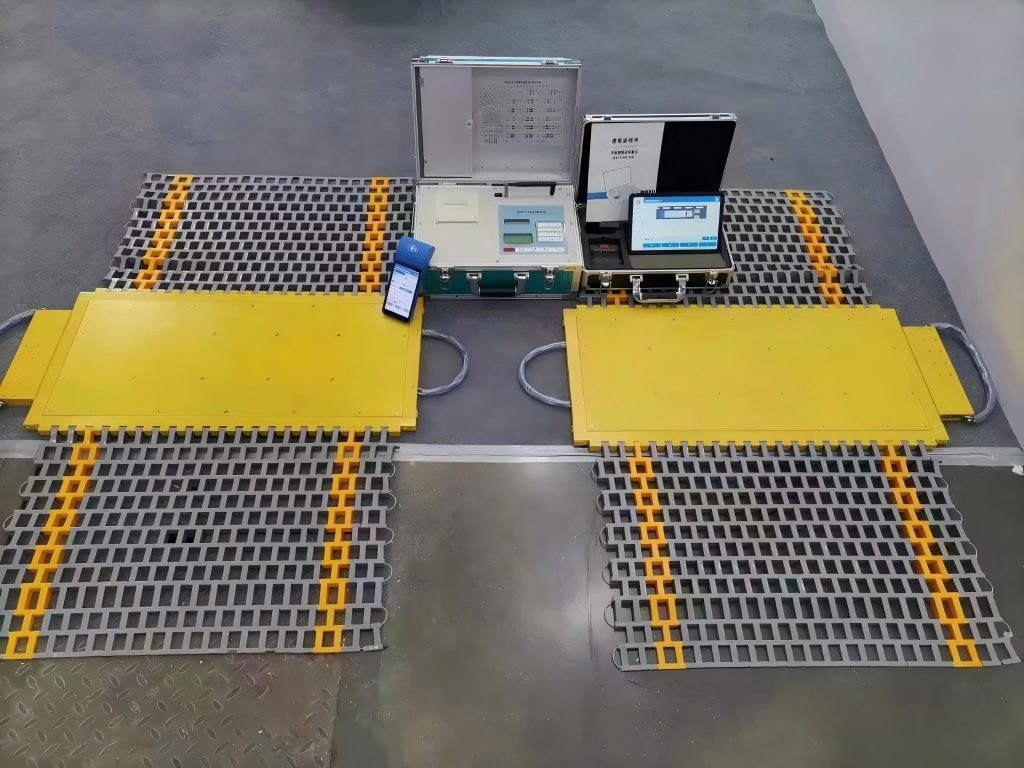
Applications of Static Axle Scales
Static axle scales are employed across multiple sectors to ensure the safe and efficient transportation of goods.
- In the transportation and logistics industry, these scales are used to verify that vehicles are not overloaded, which helps prevent damage to road infrastructure and ensures compliance with legal weight limits. This is especially important in avoiding fines and penalties associated with weight violations.
- In the agricultural sector, static axle scales are crucial for weighing trucks loaded with crops, enabling accurate determination of the quantity of produce being transported. This ensures that farmers and distributors can track their inventory precisely and avoid disputes.
- In the construction industry, these scales are used to weigh heavy machinery and materials before transport, ensuring that vehicles are safely loaded. This not only helps in preventing accidents caused by overloading but also extends the lifespan of both vehicles and roadways.
Benefits of Static Axle Scales
Static axle scales offer several significant advantages. Their high accuracy is one of the primary benefits, as the stationary weighing process minimizes errors, ensuring precise measurements. This accuracy is essential in applications where weight data must meet stringent legal standards. Additionally, static axle scales are ideal for compliance purposes, particularly in legal-for-trade applications where precise measurements are required by law. Furthermore, these scales are known for their durability. Designed to endure heavy-duty use, they are built to withstand harsh industrial environments, making them a reliable choice for long-term operations.
What is Dynamic Axle Scales?
Dynamic axle scales, on the other hand, are designed to measure the weight of a vehicle as it moves over the scale. The vehicle does not need to stop; instead, the scale captures the weight of each axle as it passes over. Dynamic axle scales are ideal for high-traffic areas where stopping each vehicle would be impractical.

Key Features of Dynamic Axle Scales
- Speed and Efficiency: One of the primary advantages of dynamic axle scales is their ability to maintain the continuous flow of traffic. This makes them particularly valuable in settings such as busy weigh stations, logistics hubs, or toll roads, where minimizing delays is crucial. The ability to weigh vehicles on the move significantly reduces bottlenecks and increases operational efficiency.
- Real-time Data Integration: Dynamic axle scales are equipped with advanced sensors that provide real-time weight data. This information can be instantly integrated into automated systems, allowing for quick analysis and decision-making. This capability is essential for applications where immediate data processing is necessary, such as regulatory compliance or load management in transportation and logistics operations.
- Versatility and Adaptability: These scales are highly versatile and can be installed in a wide range of environments, including highways, bridges, and industrial sites. Their adaptability allows them to function effectively in various settings without causing disruptions to regular traffic flow.
Applications of Dynamic Axle Scales
- Highway Weigh Stations: Dynamic axle scales are commonly used on highways to monitor the weight of moving vehicles. By capturing weight data without requiring vehicles to stop, these scales help maintain traffic flow while ensuring compliance with legal weight limits.
- Logistics and Distribution Centers: In fast-paced logistics environments, dynamic axle scales are invaluable for managing the steady stream of trucks and vehicles. They provide quick, accurate weight measurements, allowing for efficient vehicle processing and load management.
- Mining and Construction: In industries like mining and construction, where vehicles are frequently loaded and unloaded, dynamic axle scales offer a practical solution for weight monitoring. These scales enable operators to check vehicle weights without halting operations, improving overall productivity and safety.
Differences Between Static and Dynamic Axle Scales
Here is a table summarize the difference between static and dynamic axle scales:
| Differences | Static Axle Scales | Dynamic Axle Scales |
| Weighing Method | Vehicle is stationary | Vehicle is in motion |
| Accuracy | Generally higher due to stationary conditions | Can be accurate, but influenced by factors like vehicle speed, suspension, and road conditions |
| Applications | Industrial settings, warehouses, transportation hubs | Traffic management, law enforcement, toll collection |
| Installation | Requires a fixed platform or pit | Can be installed in various locations, including roadways |
| Cost | Typically higher due to installation and maintenance | Lower due to less complex installation and maintenance |
| Throughput | Lower due to the need for vehicles to stop | Higher due to continuous weighing |
| Data Collection | Manual or semi-automatic data recording | Automatic data collection and transmission |
| Maintenance | More frequent due to stationary nature | Less frequent due to simpler design |
| Environmental Impact | May require more space and infrastructure | Less disruptive to traffic flow |
In addition there are some tips you need to consider:
- Vehicle Type: Some dynamic scales may have limitations in terms of the types of vehicles they can accurately weigh, such as heavy-duty trucks or articulated vehicles.
- Regulatory Requirements: Different regions may have specific regulations regarding the use of static and dynamic scales, especially for commercial applications.
- Data Analysis: Both static and dynamic scales can generate large amounts of data. Advanced software tools may be necessary to analyze and interpret this data effectively.
In conclusion, both static and dynamic axle scales offer distinct advantages and limitations, making them suitable for different applications depending on the specific requirements. Static axle scales, known for their high accuracy and suitability for industrial settings, are ideal when precision is critical, despite their higher costs and lower throughput.
On the other hand, dynamic axle scales provide greater flexibility, ease of installation, and efficiency in applications where continuous vehicle movement is necessary, such as traffic management and toll collection, though they may be influenced by external factors like vehicle speed and road conditions.
Consider Purchasing Axle Scales?
When choosing between static and dynamic axle scales, it’s essential to consider factors such as vehicle type, regulatory requirements, and the need for data analysis. For industries where precise measurements are crucial, static scales may be the preferred choice, while dynamic scales are more appropriate in environments requiring high throughput and minimal disruption to traffic. Understanding the specific needs of your operation will guide the selection of the most appropriate axle scale system. For more information please contact us.

